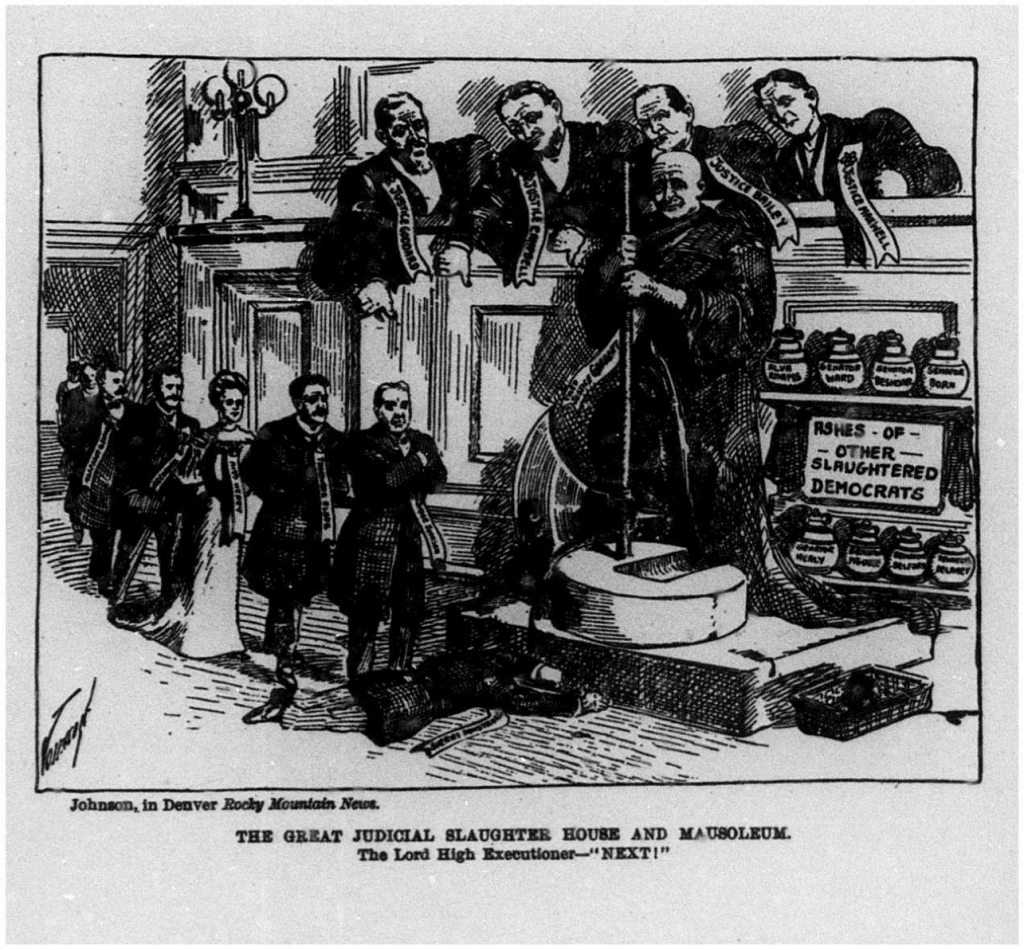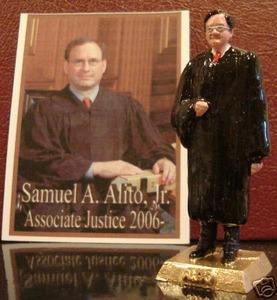This auction from Frasers Autographs for £75,000 (about $123,000) is almost worth it.
We have a very rare 1848 rice paper reproduction copy of the Declaration of Independence still preserved within the original publication “American Archives: 1776 Volume I” (fifth edition). In 1820 there were growing concerns about the condition of the Declaration of Independence and the surviving signers passed an Act of Congress to reproduce a facsimile of the original. Engraver William J. Stone of Washington was commissioned by Secretary of State John Quincy Adams to reproduce the Declaration. A copperplate facsimile was engraved from the original utilizing a wet-ink transfer process. The Declaration was moistened and ink was lifted directly from it and transferred to a clean copperplate, which was then engraved, creating a perfect copy of the original document. William Stone completed the task of engraving in 1823. However, during the ink transfer the original document was almost destroyed, making the Stone copperplate exceedingly rare as the only accurate replica of the original. Stone printed 201 copies on the same type of parchment as the original. Approximately 30 of these are known to have survived, 19 of which are in museums. The Stone copperplate was then placed in storage. Twenty years later, in 1843, Peter Force was commissioned by Congress to print a series of books that became known as the American Archives. The purpose of the nine-volume set was to create the founding documents of the United States. The Stone engraving was taken from storage and used to produce copies of the Declaration of Independence on rice paper. Printed in 1848, a copy of the Declaration of Independence was folded into the First volume of the 5th Series of books. After printing the plate was again retired, and is now displayed at the National Archives. It is estimated that there are now 250 of the Force rice paper copies in existence today.


